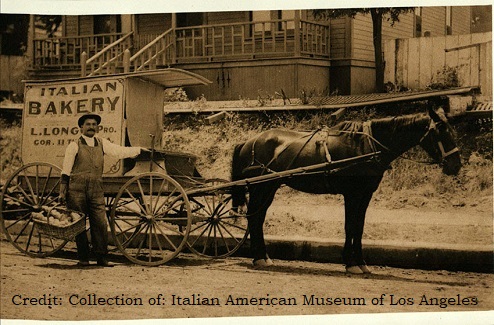
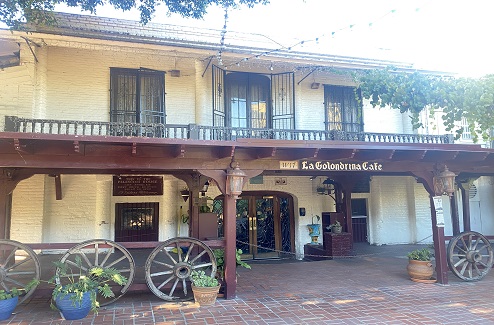
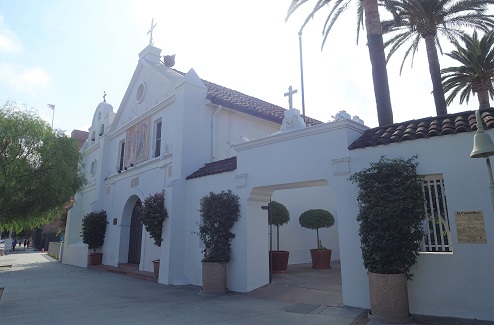
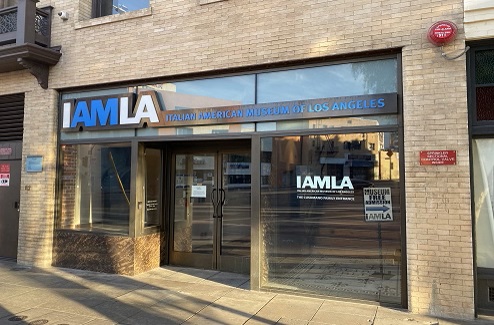
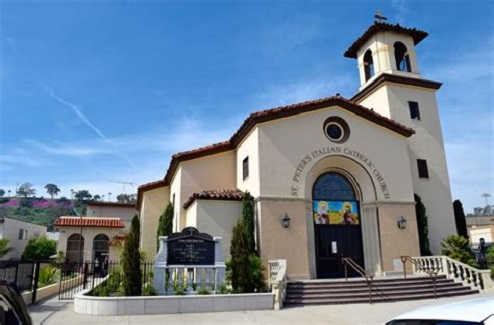
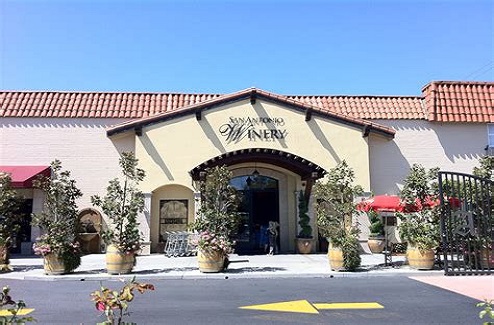
In 1910, Santo Cambianica from Lombardia, Italy arrived in New York and soon afterwards headed to Los Angeles. He immediately began working hard, saving money, building relationships and planting his feet into the Italian-American community. He founded the San Antonio Winery a few years later, naming it after his Patron Saint Anthony. In 1919 the city was faced with Prohibition and the majority of LA wineries went through hard times. Santo, however, was granted permission to make wines for the Archdiocese of Los Angeles for sacramental and ceremonial purposes. His strong relationship with the church saved his winery! San Antonio Winery remains the oldest and largest producing winery in Los Angeles with over 100 years of winemaking. In fact, in the early 1960’s Los Angeles’ Cultural Heritage Board designated the winery Cultural Monument Number 42! Santo died in 1956 and his nephew Stefano Riboli, who had apprenticed with Santo since 1936, took over the management of the winery per his Uncle’s wishes. The third generation of Ribolis still manages the winery today!
Italians are just one group of immigrants that influenced the growth and development of LA. There are more stories to be told of people who came to LA and influenced the arts, architecture, religion, cuisine, language, customs and much more to our city. Stay tuned for more stories about other cultures and people that made their way and left their footprint to shape the city we love today.
Join our LA’s Beginnings tour to see these historic Italian structures while we walk Olvera Street.